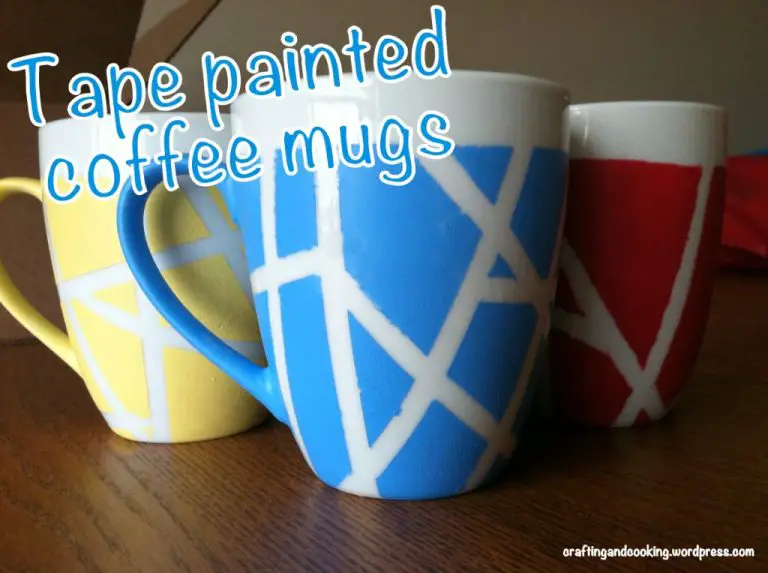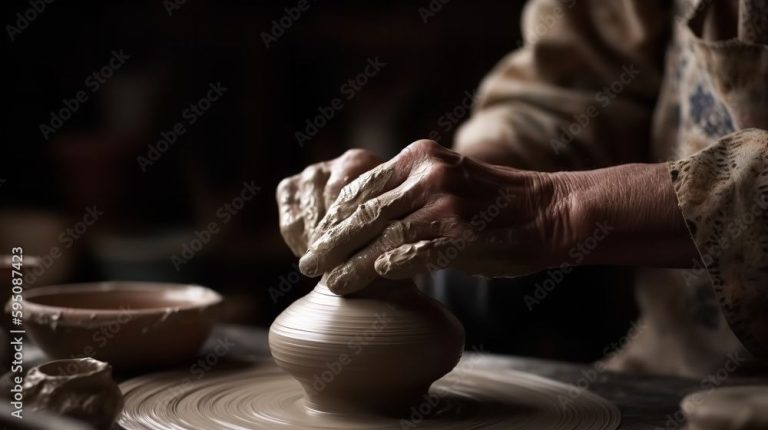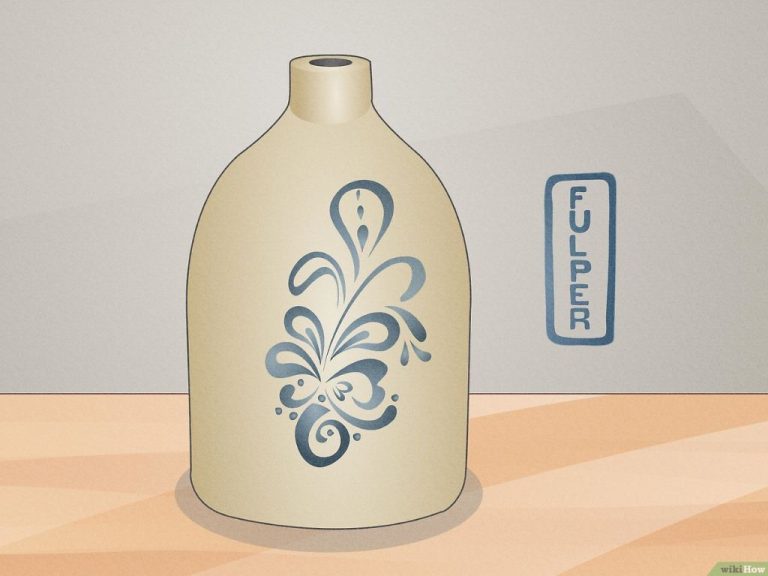Who Is Gail Pittman Pottery?
Gail Pittman is an acclaimed American potter and artist known for her functional stoneware pottery with colorful glazes and unique designs. She began creating pottery in the 1970s after taking classes at the University of Mississippi, where she discovered her passion for the ceramic arts. Pittman is known for her richly patterned surfaces and playful motifs inspired by antique textiles, Oriental rugs, and the natural world. Her pottery combines elegant forms and earthy textures with whimsical colors and designs. Over her decades-long career, Pittman has developed her own artistic style and mastered various pottery techniques to create her signature decorative ware.
Artistic Style and Influences
Gail Pittman is known for her brightly colored pottery featuring abstract shapes and organic forms. Her style combines modernist sensibilities with traditional ceramic techniques. Pittman’s works showcase a mastery of glazing, with jewel-toned colors flowing and blending together. She often accentuates the natural curves and contours of her pieces with ribbing or ruffling along the edges.
Pittman draws inspiration from various sources, including African, Asian, and Native American art. Her time spent living in Japan exposed her to Eastern aesthetics and pottery traditions. She integrates geometric designs seen in Native American and African art into her abstractions. Pittman also finds motivation in music, nature, and spiritual themes. Her eclectic style blends cultural diversity with personal expression.
According to an article on OrlandoSentinel.com, “People are not just pigeonholed to one style,” says Gail Pittman, creative director of Southern Living at Home. … pottery, as a response to items that appear handcrafted but are mass produced.” https://www.orlandosentinel.com/2006/12/31/ring-out-old-bring-on-new/

Notable Pottery Series
Gail Pittman is known for several notable pottery collections she has created over her career. Her major series include Alewives, Adinkra symbols, and the Icons series.
The Alewives series features sculpted vessels inspired by West African alewife traders. Alewives were women who dominated market trade in Ghana and other parts of West Africa for centuries. Pittman’s alewife pots have elongated necks and heads or face motifs, often with graphic circle and line designs on the body representing kente cloth (Replacements).
Her Adinkra symbols pots incorporate traditional Ghanaian symbols that represent concepts or aphorisms. Pittman abstracts and stylizes the symbols, incorporating them into her pottery vessels with a modern aesthetic (eBay).
The Icons series features conceptual and symbolic imagery reflecting African American culture and history. Common motifs include musical instruments, botanicals, faces, and geometric designs. Pittman renders these icons in her signature style combining elegant form, intricate surface textures, and graphic elements (Etsy).
Techniques
Gail Pittman is known for her mastery of handbuilding techniques using stoneware clay. She handbuilds each piece, paying careful attention to the symmetry and balance of the form. Her pottery often features intricate carving patterns on the surface that are inspired by nature, music, mythology, and fantasy themes. The carvings add visual interest and depth to each unique piece.
Pittman hand-throws some smaller bowls and plates on the potter’s wheel, but most larger platters, chargers, and serving pieces are coil and slab built. She then refines the surfaces using various metal loop tools to incise patterns and textures. Her carving technique results in flowing, rhythmic designs that enhance the organic shapes of her pottery.
The finishing process involves multiple thin layers of glaze, often in warm earth tones of cream, brown, slate blue, and green. Pittman experiments with special techniques like feathering the glazes to produce magic-like effects. The glazes complement and highlight the carved textures, creating works that integrate both beauty of form and surface decoration.
Themes and Imagery
Gail Pittman’s pottery is known for incorporating symbolic imagery and exploring themes related to Southern culture and religion. Fish are a very common motif in her work, stylized in bright colors and patterns on platters, bowls, and mugs. The fish symbol connects to Christianity and Jesus’s role as a “fisher of men,” as Pittman grew up Baptist in rural Mississippi (Hotty Toddy, 2022).
Southern icons like magnolia flowers and scenes of plantation life also frequently appear on Pittman’s pottery, reflecting her Mississippi upbringing. She draws on the landscape around her studio for inspiration. Religious symbols like crosses and angels are depicted in her “Faith” series of works, sharing uplifting messages of hope.
Pittman’s pottery reflects the traditions and culture of the American South through familiar symbols and imagery from the natural world, plantations, and Christianity. Her faith and spiritual beliefs are a strong thematic influence seen across many of her most iconic works over the decades (Ebay, 2022).
Exhibitions and Collections
Gail Pittman’s work has been featured in exhibitions across the United States. Some of the major exhibitions of her pottery include “Contemporary Southern Pottery” at the Ogden Museum of Southern Art in New Orleans in 2007 1, “Made in Mississippi” at the Mississippi Museum of Art in Jackson in 2011 2, and a solo exhibition at the Tyler Gallery in Little Rock in 2013.
Pittman’s pottery pieces can be found in the permanent collections of several museums and institutions. The Mississippi Museum of Art, the Ogden Museum of Southern Art, and the Arkansas Arts Center all hold significant collections of her work 1. Her pottery has also been acquired by the Renwick Gallery of the Smithsonian American Art Museum in Washington, DC 2. These museums frequently display selections from their Gail Pittman pottery collections.
Honors and Awards
Gail Pittman has received numerous honors and awards over the course of her career. Some of her most notable accolades include being named Mississippi’s Small Business Person of the Year in 1989 by the Small Business Administration according to https://mississippiencyclopedia.org/entries/gail-jones-pittman/. She was also the 1993 Entrepreneur of the Year winner for the State of Mississippi presented by Ernst & Young https://www.tvguide.com/celebrities/gail-pittman/bio/3000205930/.
In addition, Pittman received the Lifetime Achievement Award from the Mississippi Business Journal in 1998. She was inducted into the Mississippi Business Hall of Fame in 2019, recognizing her significant contributions to business in the state. Gail’s work has also been showcased at the Smithsonian Museum of American Art.
Influence and Legacy
Gail Pittman had a significant impact on contemporary American ceramics. She is credited with helping to popularize sculptural forms and bringing greater artistic expression to functional pottery. Her innovative shapes and surface designs pushed the boundaries of traditional pottery and inspired many younger ceramic artists.
Some of the most notable proteges influenced by Gail Pittman’s work include Lisa Holt, Mark Hewitt and Cynthia Bringle. Lisa Holt worked as Pittman’s studio assistant in the 1980s and continued her legacy of intricately painted narrative pottery. Mark Hewitt apprenticed with Pittman and adopted her revival of traditional alkaline glazing techniques. Cynthia Bringle was drawn to the gestural quality of Pittman’s surfaces and brought a similar expressiveness to her own pottery. All three have become influential ceramic artists in their own right while carrying on aspects of Gail Pittman’s aesthetic vision.
Even decades after her passing, Gail Pittman’s uniquely personal and technically masterful artistry continues to inspire new generations of ceramic artists. She helped shape contemporary American ceramics through both her own works and the many proteges who adopted elements of her style. Pittman left behind an important artistic legacy that helped expand the creative boundaries of pottery in the late 20th century.
Later Career
In her later career, Gail Pittman continued to create new pottery works and participate in exhibitions. According to Etsy, Pittman’s pottery remains popular on the secondary market, indicating she likely maintained steady production throughout her career. As recently as 2013, her work was featured at the Out of the Fire exhibition at the Ogden Museum of Southern Art in New Orleans.
Based on the availability of her pieces for sale online, it appears Gail Pittman was actively creating pottery at least into the 2000s if not until present day. Her distinct style and revered place in the pottery world means her works remain sought after by collectors and fans of Southern decorative arts.
Conclusion
In conclusion, Gail Pittman is undoubtedly an important and influential American potter. Throughout her decades-long career, she has pushed the boundaries of contemporary ceramics through her bold experimentation with glazes, forms, and imagery.
Pittman is best known for her iconic Power series featuring stylized female forms, which gave the medium of clay a newfound respect in the art world. Her mastery of sculpting techniques allowed her to imbue her ceramic sculptures with a sense of strength, energy and movement never seen before. Beyond her technical skills, her work conveys themes of female empowerment, spirituality and the human connection to nature in a profoundly unique style.
With numerous solo and group exhibitions, prestigious awards and pieces in the permanent collections of major museums, Gail Pittman has cemented her legacy as one of the most innovative and accomplished potters of our time. Her willingness to take risks and push boundaries opened new creative possibilities in the field of ceramics, paving the way for future generations of artists. Pittman’s groundbreaking contributions have inspired countless potters around the world, and ensured that clay is now regarded as a fine art medium capable of expressing important human truths.




